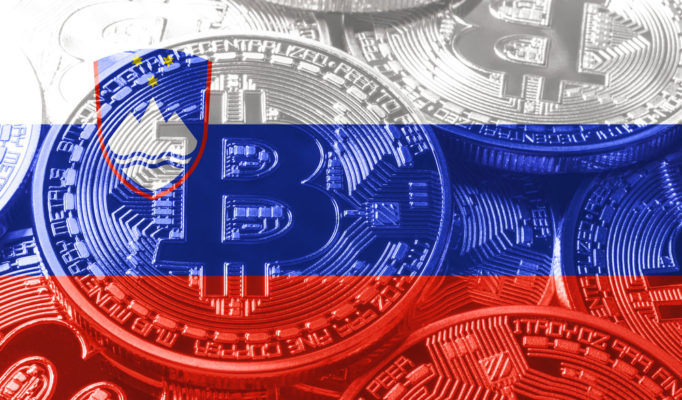The Russian authorities have announced their intention to consider the possibility of utilizing cryptocurrency in their trade dealings with Iran. However, they emphasized that they will proceed with caution and will not rush into any decisions.
The government of Russia intends to establish a well-defined and comprehensive regulatory framework before permitting Russian businesses to transact with Iranian partners using digital currencies.
By implementing such measures, the Russian government aims to ensure the transparency and security of these crypto-based transactions.
The Planning and Discussion is Still Ongoing
The Russian Ambassador to Tehran stated that both the Russian and Iranian officials are currently in the process of discussions. He further stated that nothing has been confirmed or agreed upon as of yet, and the two countries are still in the working stage of their conversations.
The ambassador’s comments suggest that the plan to incorporate crypto in trade between the two nations is still in its early stages and much work needs to be done before anything can be implemented.
Both Russia and Iran are exploring the possibility of utilizing digital currencies and digital financial assets in the settlements of their exports and imports. That said, both parties are still discussing specific agreements on the matter.
This highlights that while the two nations have expressed interest in incorporating crypto in their trade dealings, they have yet to reach a concrete agreement and are still in the process of negotiations.
Possible Reason behind the Deal
It is believed that both Russia and Iran are eager to reduce their dependence on the US dollar in their trade dealings. The aim is to prevent US-led sanctions from affecting their capacity to conduct business with international partners.
Several progressive government departments in Russia have been advocating for regulators to permit trade companies to utilize crypto as a means of payment in international transactions.
By embracing digital currencies, these nations hope to sidestep the limitations imposed by traditional financial systems and to achieve greater financial independence.
The adoption of crypto would also help to promote innovation and diversity in the financial sector, which could benefit both countries in the long run.
Russia’s plans to move away from the US Dollar have been in place prior to the conflict with Ukraine and the subsequent sanctions. However, the imposition of sanctions has intensified the calls from various departments including the Russian finance ministries, to legalize crypto-based trade.
Not everyone in Moscow is on board with this idea. The Central Bank of Russia is opposed to allowing Russian companies to use digital currencies.
The leaders at the central bank are worried that the cryptocurrencies received in trade deals could end up being circulated within the Russian economy, leading to potential issues with financial stability and regulation.
This division within the Russian government highlights the ongoing debate and differing opinions on the adoption of crypto in trade and commerce.
While some see it as a way to mitigate the impact of sanctions and promote financial independence, others are cautious of the potential risks and uncertainties associated with this new technology.
The Central Bank’s Stance
The Central Bank has taken a different stance and has recommended that all crypto-based trades be conducted within a controlled environment known as a regulatory sandbox, with its supervision.
Law enforcement agencies have also raised concerns about the potential for money laundering if companies are allowed to trade freely using cryptocurrencies.
This highlights the need for a well-structured and closely monitored regulatory framework to ensure the safe use of digital currencies in trade.
By requiring cryptocurrency transactions to occur within a regulatory sandbox, the Central Bank hopes to mitigate the risks associated with the use of digital currencies, while still allowing for experimentation and innovation in this field.
The aim is to strike a balance between promoting financial innovation and ensuring the security and stability of the financial system.

















